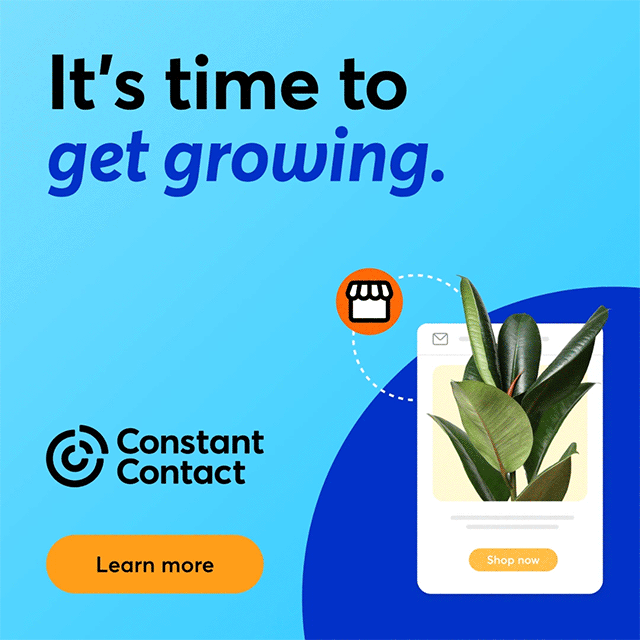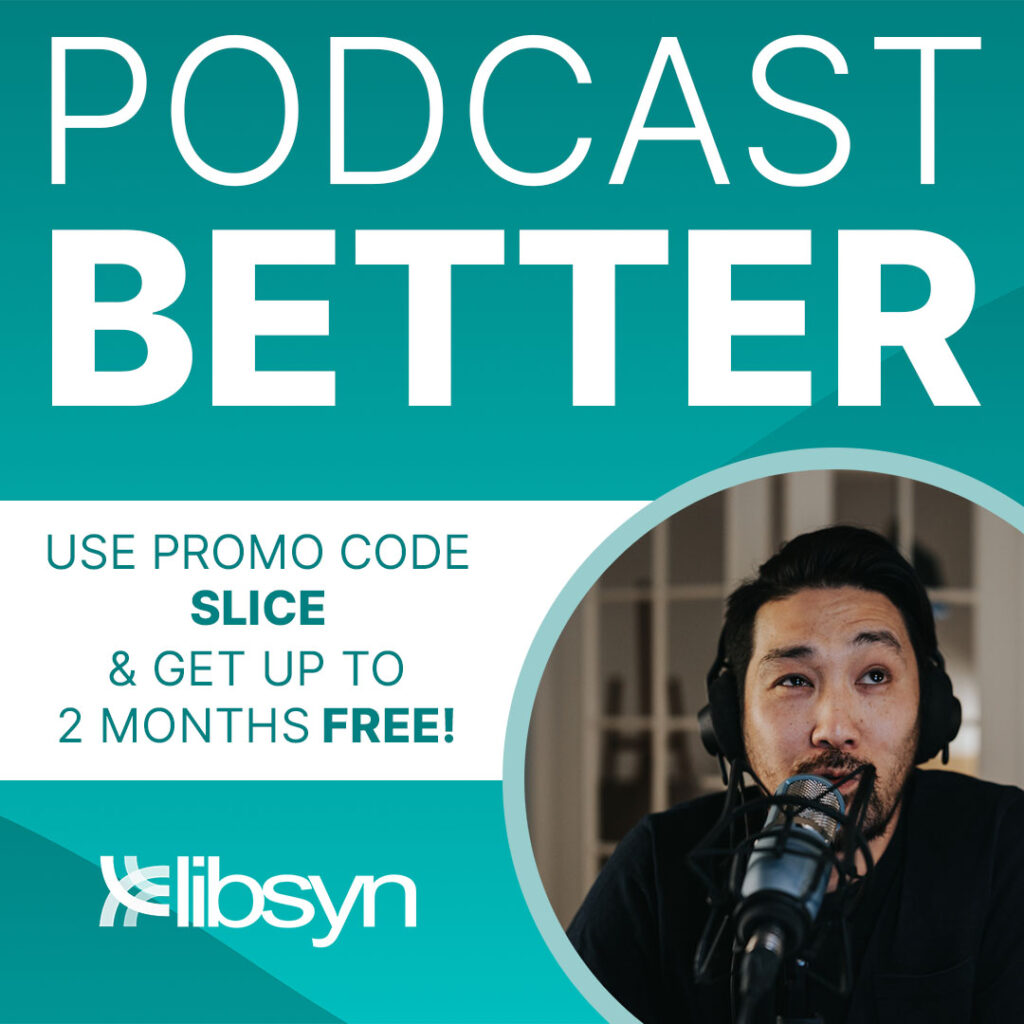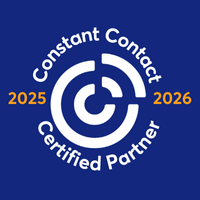Inbound marketing is a perfect match for marketing virtually any business, but some real estate professionals are slow to come around to the idea of applying the inbound marketing methodology to their business. They continue to rely on outbound tools and techniques like radio and print advertising to get prospective clients' attention, and deliver their message. The problem with this approach is they waste marketing resources delivering their message to a lot of people who are not in the real estate market, either as buyers or sellers.
Inbound marketing on the other hand focuses on attracting clients through content and interactions that are relevant and helpful to them. Inbound marketing is a perfect fit for real estate professionals because being relevant and helpful are inherent qualities of the successful realtor. Here are 3 inbound marketing best practices that will help you leverage those qualities to improve your marketing results:
1. Publish Evergreen Blog Content.
Most real estate blogs focus primarily on various aspects of the current state of the real estate market. Of  course, this is important for attracting and engaging prospective clients who are currently in the market to buy or sell. But what about those who've just purchased a home and are no longer in the market? An important element of inbound marketing is delighting existing clients and making them happy promoters of your business. The way to do that in real estate is to publish blog and other content that is relevant to existing home owners. There are all kinds of content topic ideas that can fill the bill: home maintenance tips, landscaping ideas, mortgage refinancing, just to name a few.
course, this is important for attracting and engaging prospective clients who are currently in the market to buy or sell. But what about those who've just purchased a home and are no longer in the market? An important element of inbound marketing is delighting existing clients and making them happy promoters of your business. The way to do that in real estate is to publish blog and other content that is relevant to existing home owners. There are all kinds of content topic ideas that can fill the bill: home maintenance tips, landscaping ideas, mortgage refinancing, just to name a few.
2. Grow and Use Your Email List.
Email is a valuable marketing tool. Unlike SEO and social media, which are controlled by Google, Bing, Facebook, Twitter, and other outside forces, your email list belongs to you. You're in total control of it. This is the perfect tool for nurturing relationships with people who have bought or sold a home through you. The trick is to continue nurturing those relationships long after the deal has closed.
It starts with a personally written thank you email. Then you can add the client's email address to your periodic follow-up list where you reach out to your list with relevant content. If they still own a home, that means content that's helpful to homeowners. If you helped them sell their home and they're now renting, that means content that's relevant to renters. This is the broadest form of list segmentation, but you can segment your list even more and make your content even more relevant to the recipient. The point is, by carefully nurturing your client database via email, your name will catapult to the top of their mind whenever the subject of real estate comes up. That will result in more referral and repeat business.
3. Get Creative with Social Media.
No discussion of inbound marketing is complete without talking about social media. Statistics continue to support claims that people spend a lot of time on social media. And with inbound's focus on reaching prospective clients where they are, social media is a logical tool of choice. The challenge is creating social media content that attracts and engages. Of course, you'll want to post links to your blog posts and listing pages. But every realtor does that. To really foster attention and engagement you must post more than a few times a week or even once a day; and the content must be useful and relevant to the consumer.
Here are a few ideas:
- Create aerial videos of your listings and the surrounding neighborhood and community using a drone video camera and post them on your social pages.
- Post curated content created by real estate related influencers like mortgage experts, interior designers, home remodelers, etc.
- Post infographics of relevant statistical data like mortgage rate histories and projections, home price trends, property tax information, etc.
Another way to get attention and engagement is through paid social media ads. Each social media platform has its own targeting tool designed to help you get your paid posts in front of the right people. This is definitely a better alternative than traditional paid media that is blasted to the public at large.
Applying the action steps of inbound marketing to your real estate business will not only help you attract qualified prospects to your business, it will help build trust and credibility for your brand. Contact us today for more help with inbound marketing best practices for your real estate business. Meanwhile, we invite you to follow our blog for more great marketing content.








